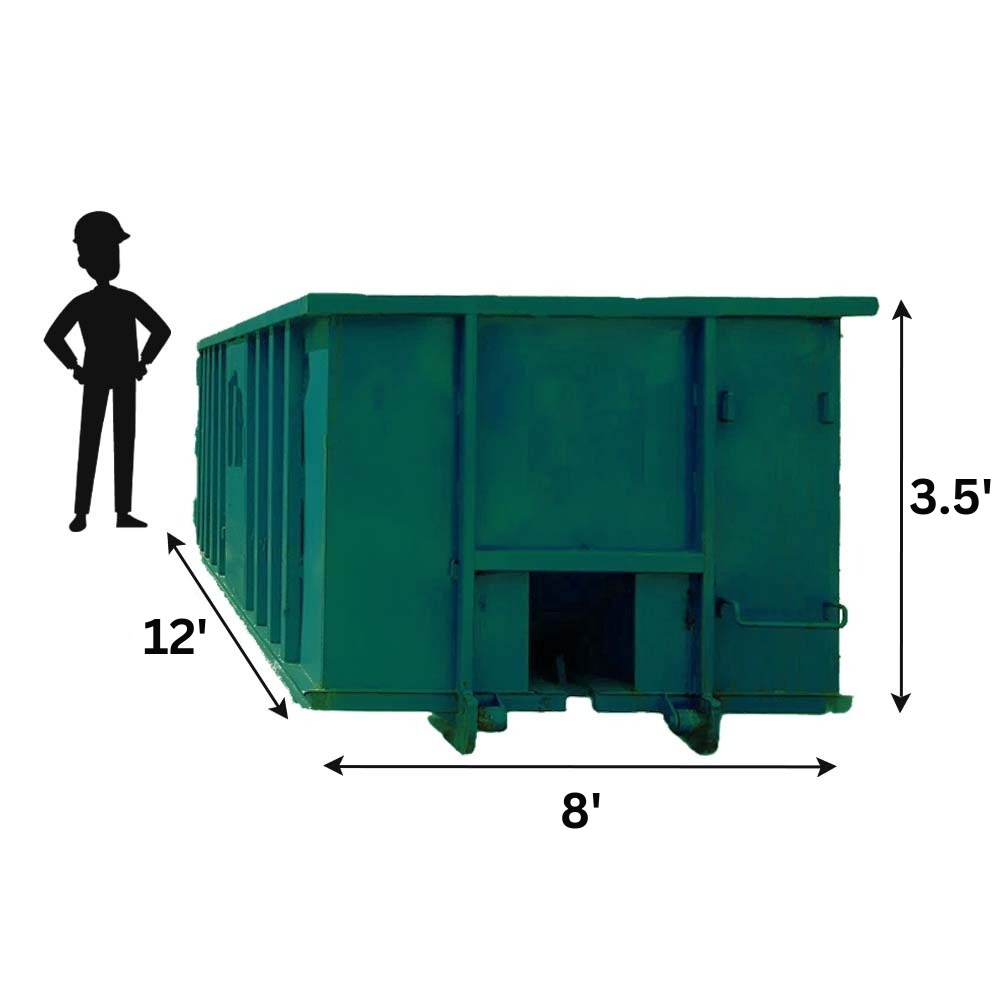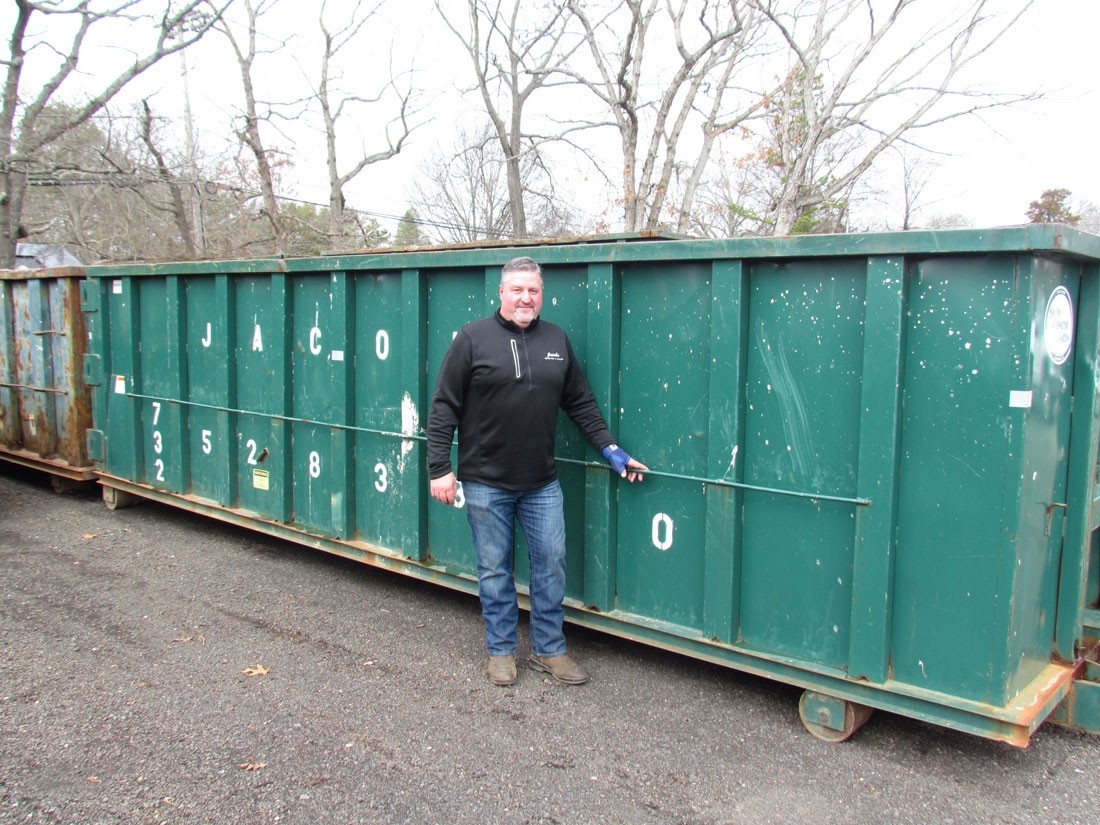To rent a dumpster, you'll require to take into account numerous vital aspects to assure a smooth and successful waste management experience. Beginning by recognizing local regulations, consisting of license demands and waste disposal restrictions, then select the right dumpster size based on your project's demands, thinking about aspects like waste volume and product type. Prepare the delivery location by getting rid of obstacles and assuring a flat, degree surface area, and give required details concerning your project, rental duration, and site-specific needs. Ultimately, very carefully evaluation and sign a rental agreement that details terms, fees, and responsibilities. By covering these bases, you'll be well-prepared for a successful dumpster rental experience, and exploring additionally will certainly expose much more vital details to keep in mind.
Dumpster Rental Basics
The rental process typically involves choosing the desired dumpster size, setting up a delivery date, and defining the rental period.
Once the dumpster is supplied, clients can load it with waste, and the rental company will manage the disposal process. This problem-free strategy allows individuals and companies to focus on their core activities while ensuring responsible waste management

Dumpster rental services typically include flexible service durations, competitive pricing, and practical organizing options.
Understanding Neighborhood Regulations
With dumpster rental solutions enhancing waste elimination, it's just as vital to consider the regulatory framework governing garbage disposal in your area. Recognizing local policies assures a smooth and certified waste management process.
Permit Requirements: Contact your local government to identify if you need an authorization to put a dumpster on your residential property. Some towns require permits for dumpsters surpassing a specific dimension or for dumpsters positioned on public streets.
Waste Disposal Restrictions: Acquaint yourself with neighborhood policies regulating the kinds of waste that can be gotten rid of in a dumpster. Specific materials like contaminated materials, electronics, or building and construction materials might be restricted or require unique handling.
Placement and Storage: Understand neighborhood laws relating to dumpster positioning, consisting of distance to walkways, streets, and surrounding properties.
Confirm you adhere to storage space demands, such as covering the dumpster during the night or throughout non-operational hours.

Choosing the Right Dumpster Size
Frequently, homeowners and contractors alike https://kirkcharles72.gumroad.com/p/protect-affordable-dumpster-rental-in-5-steps underestimate the importance of picking an appropriately sized dumpster, just to discover themselves dealing with unnecessary logistical difficulties down the line.
A dumpster that is also tiny can cause costly overages and multiple journeys to the landfill, while one that is as well large can cause wasted room and unneeded expense.
To avoid these problems, it's important to estimate the volume of waste you expect to generate Consider the dimension of your job, the kind of materials being taken care of, and the weight of the debris.
Most dumpster rental companies offer a range of sizes, typically ranging from 10 to 40 cubic backyards. A 10-yard dumpster appropriates for small cleanouts and do it yourself projects, while a 40-yard dumpster is better fit for large building and construction projects or business renovations.
Be certain to talk to your rental company if you're unclear about the size you need, as they can offer guidance based upon your particular requirements.
Preparing the Delivery Location
Clear the means for a seamless dumpster shipment by preparing the drop-off location in advance.
A well-prepared website ensures the distribution process goes efficiently and effectively, saving you time and hassle.
Before the dumpster arrives, take a few mins to:
Clear the area of obstacles: Move any kind of cars, devices, or particles that may be in the way of the delivery location.
Check for low-hanging cords or branches: Identify there are no overhanging obstructions that might hinder the dumpster's placement.
Designate a particular drop-off location: Determine a level, level surface area where the dumpster can be securely placed.
Providing Essential Information
Once the delivery location is prepared, interest turns to supplying the needed details to assure an effective dumpster rental experience
This consists of sharing details about the task, such as the type and quantity of waste to be disposed of, the period of the rental duration, and any kind of particular needs or limitations at the site.
Be prepared to supply your contact information, including your name, contact number, and email address, so the rental company can remain in touch throughout the process.
You may additionally be inquired about the type of materials you plan to take care of, as some items, like hazardous waste or hefty products, may need special delivery or additional fees.
Accurately providing this details ascertains the rental company can supply the right size and type of dumpster for your needs, and that you recognize any specific guidelines or guidelines that put on your project.
Signing a Rental Agreement
With the needed info provided, the rental business will commonly need an authorized rental arrangement to strengthen the regards to the dumpster rental.
This agreement assurances that both parties are clear on the rental period, dumpster dimension, and any kind of additional solutions or fees.
Before finalizing, examine the agreement very carefully to validate you comprehend the following key points:
Rental duration: The size of time you can keep the dumpster on-site.

Fees and charges: Any extra prices beyond the initial rental fee, such as excess charges or late fees.
Responsibilities: That is liable for problems or accidents including the dumpster.